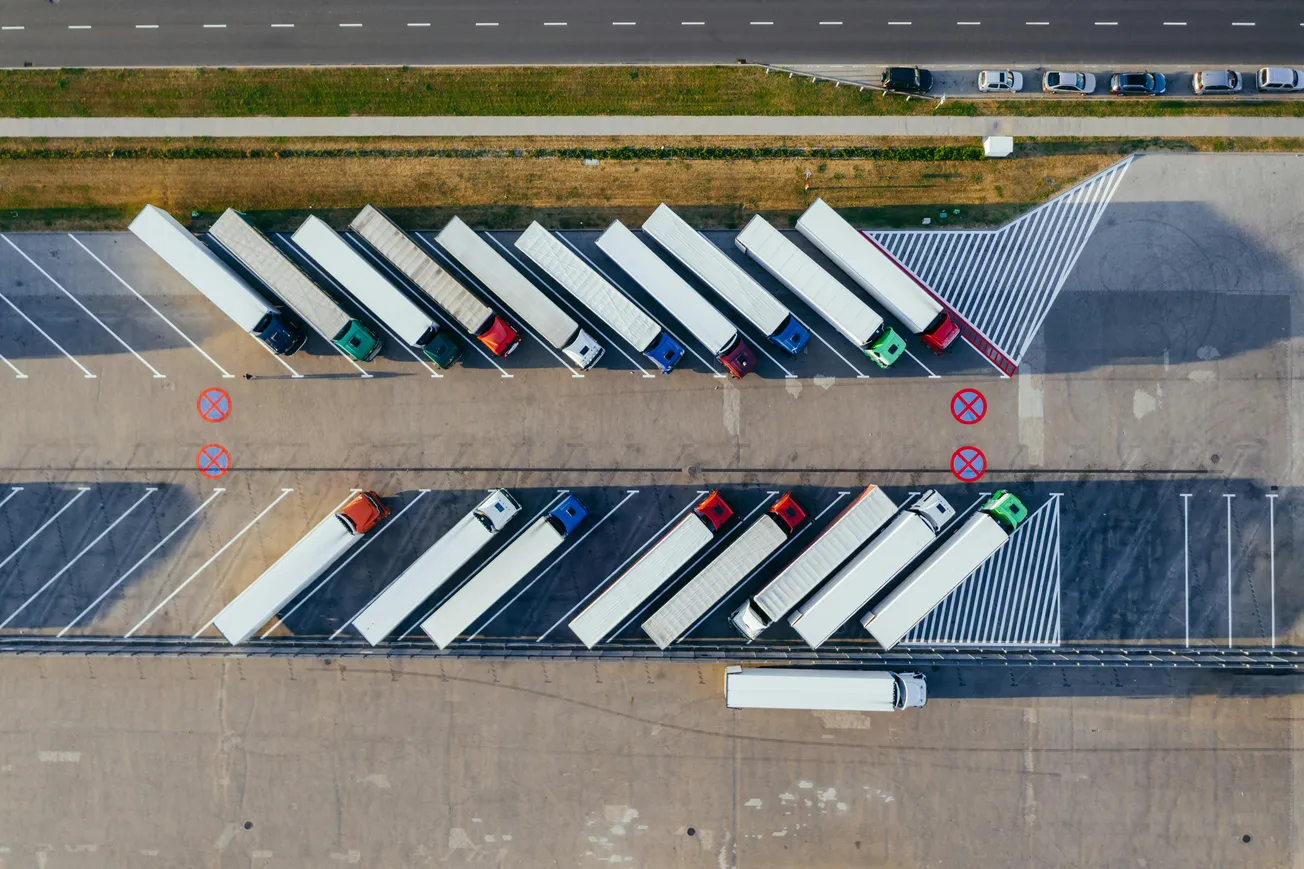If you're running logistics in 2025, chances are you've hit a wall—fleet delays, rising costs, or scattered systems. With freight demand flat and tariff uncertainty clouding long-term planning, logistics leaders are finding that unifying fleet operations is no longer optional—it's essential.
Why Unification Matters
Disconnected systems, scattered terminals, and aging assets drain efficiency. Unifying fleet operations—centralizing maintenance, dispatch, tracking, and vendor management—can cut costs by up to 20% and reduce downtime significantly.
When everything from trailers to yard gates runs through one integrated system, teams gain real-time visibility, proactive repair schedules, and optimized routes. That leads to faster deliveries and stronger customer trust.
How Fleets Became So Fragmented
Rapid growth without scalable systems led many logistics teams into chaos. Multiple GPS tools, vendor portals, and spreadsheets created silos.
As Trace Haggard of TSG Fleet puts it, unification isn’t just fewer spreadsheets—it’s one framework, total visibility.
Tech That Makes It Happen
Modern fleet tools can bridge the gap without a full overhaul. Key technologies include:
- Telematics for real-time tracking
- IoT sensors for predictive maintenance
- Centralized yard and asset management portals
Customers using integrated solutions like TSG Fleet’s have seen downtime drop by 30%—a game-changer in today’s competitive landscape.
Right-Sizing and Strategic Positioning
Fleet growth is no longer about more—it’s about smarter. Logistics leaders are auditing underused or aging assets, strategically positioning equipment near ports and hubs, and holding off on full-scale EV adoption until battery performance catches up with commercial needs.
Driver Buy-In Still Matters
Drivers want smooth terminals, fewer delays, and tech that actually helps. Investing in clean, secure yards and clear communication makes all the difference in adoption and morale.
Final Thought
Fleet unification isn’t a trend—it’s the backbone of modern logistics. For those still juggling spreadsheets and siloed systems, now’s the time to streamline.
Unify your data, your teams, and your operations—and position your business to thrive, not just survive.









